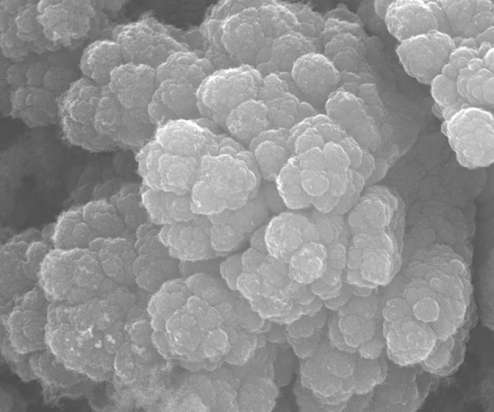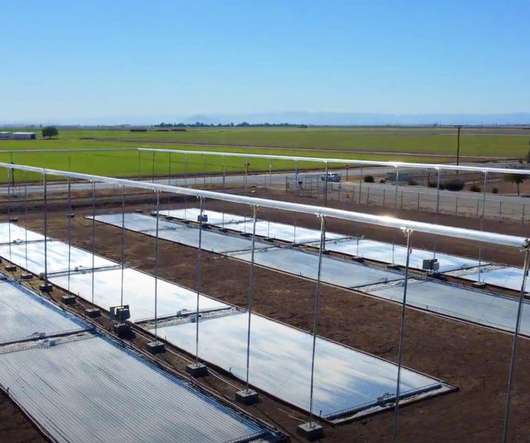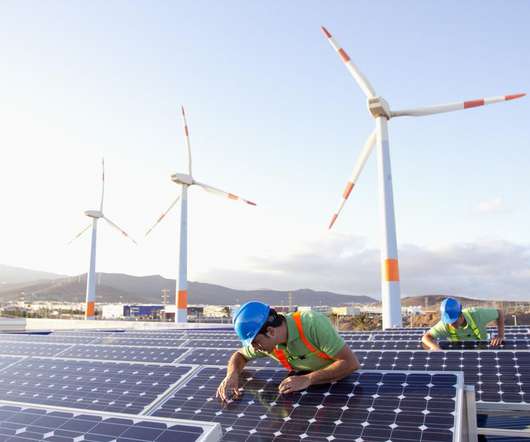ARPA-E awards U-M $1.9M to develop advanced low-cost high-efficiency engine; boosting, highly dilute combustion and 48V system
Green Car Congress
DECEMBER 1, 2015
million to a project to develop a high-efficiency engine system that integrates a compact micro-hybrid configuration of a supercharger with an electric waste heat recovery system and employs high rates of recirculated exhaust gases. Modern engines are becoming smaller and smaller with high levels of dilution for efficiency.












































Let's personalize your content